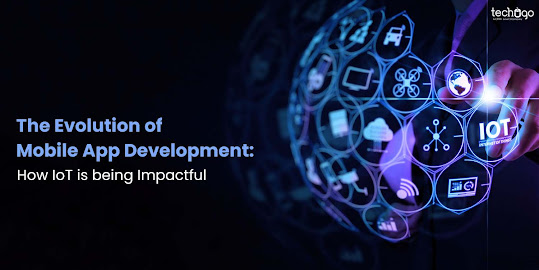 |
| Android Application Development |
Android is the most popular operating system, which has been developed by Google and is based on Linux Kernel. Android system is designed basically for the touchscreen mobile devices such as smartphones and tablets. With this operating system, the user interface is based on touch gestures like swiping, tapping and pinching, to increase or decrease the size of on-screen objects. Due to its popularity, a huge mass of people opts for Android devices. Other varieties of Android are also used in tablets, games, digital cameras, and other electronic gadgets.
What is Android SDK
It is not unbeknown to anyone now that Android Application Development is the hottest and the most popular tool for app development process. Android applications apart from being highly useful come with a set of benefits not just for the users, but also for the mobile application developers. Android SDK is a software development kit or SDK, lets the developers create applications for the Android platform. It is provided at no cost by Google and contains a variety of useful materials for developers, including extensive documentation, tutorials, samples, best practice guidance, and an array of tools for numerous development purposes.
How SDK Functions
Android SDK is free of cost by Google and can be downloaded from the website of Android app developer. Android SDK functions quite similar to the iPhone SDK but can be sound a bit challenging for a novice in basic computer programming. Android SDK has Droid emulators, which let the software developers to experiment the process and functionality of the android application and removing the necessity to load, unload, and reload a part of software oftentimes. Although the SDK comes free of cost, but if the user is not well versed with the technology then it would be clear case time and money loss, so it’s always wise to opt for the services of a professional android app developer. To install it, you need to have Eclipse IDE and JDK installed in the system.
Android SDK Benefits
- Android SDK is an open source platform, allowing the developers to share worthy and precious technologies at a larger scale.
- Android SDK is coupled with many sets of libraries and the development tools, which help the software programmers to build and test variety of applications
- Android SDK supports all android versions, which means developers can develop and test android applications for older version devices’ also.
- It is the handiest and reliable software development kit.
- It is free for all and helps in creating wonderful Android Applications.
- Its functionality is amazing and provides the cost-effective solution to all the consumers.
- It lets the developers gain information at a fast speed.
- It also provides the exact information required.
- The SDK tools are simple to utilize.
- SDK provides efficient browser services, which lead the developer to provide improved services.
- Android is based on Linux, letting the effortless and most convenient to app development process.
Including all the efficient capabilities delivered by the Android SDK, it not just enhances the productivity of app development process, but also provides a soothing user experience. Whereas app developers get an effective project delivering code executed through the Android platform, the users also find it highly convenient and with least challenging user experience incorporated within the Android mobile applications. Android SDK, let’s not just the better communication but provides all the extra features required by an app developer.
“You can get in touch with our team of expert android app developers to discuss further your concept to bring into reality. The discussion would help you to gain a better insight of your android app requirement.”
You can reach us at: sales@techugo.com
Skype: aks141
Skype: ankit.techugo
Resource: http://techugo.com/blog/advantage-of-sdk-in-android-application-development/



















